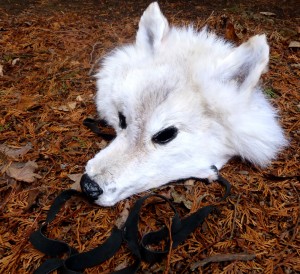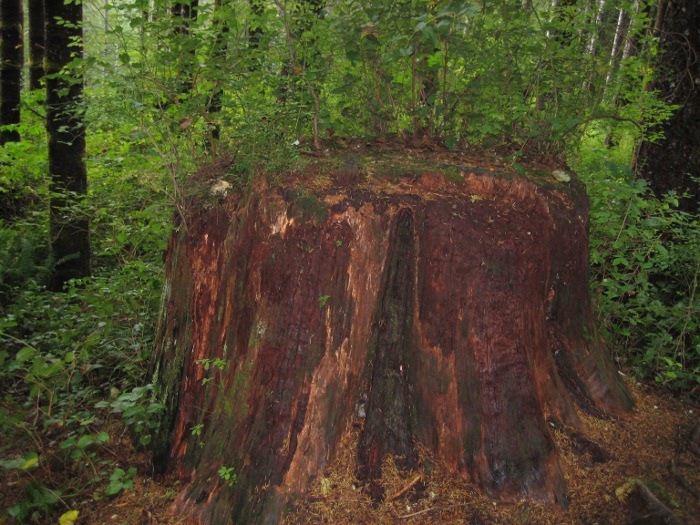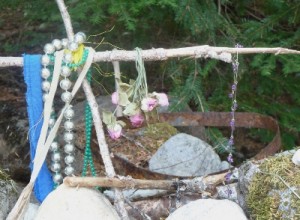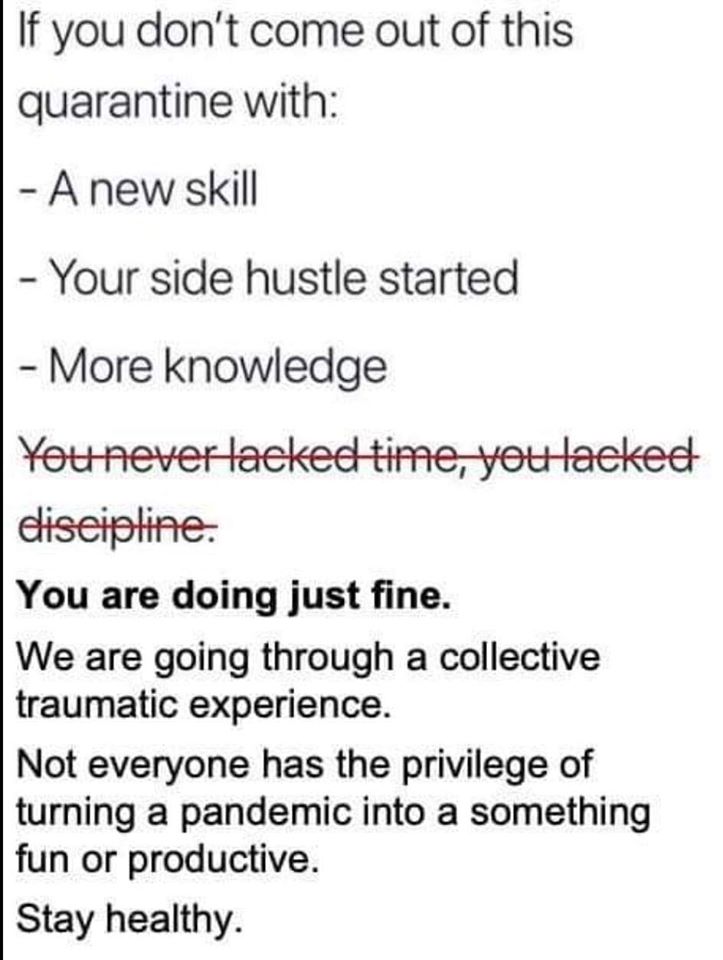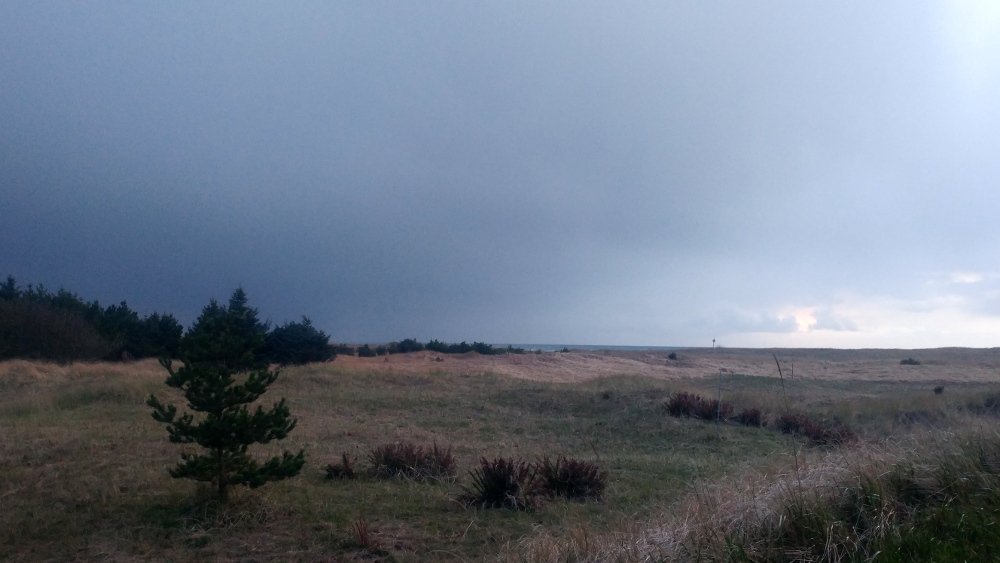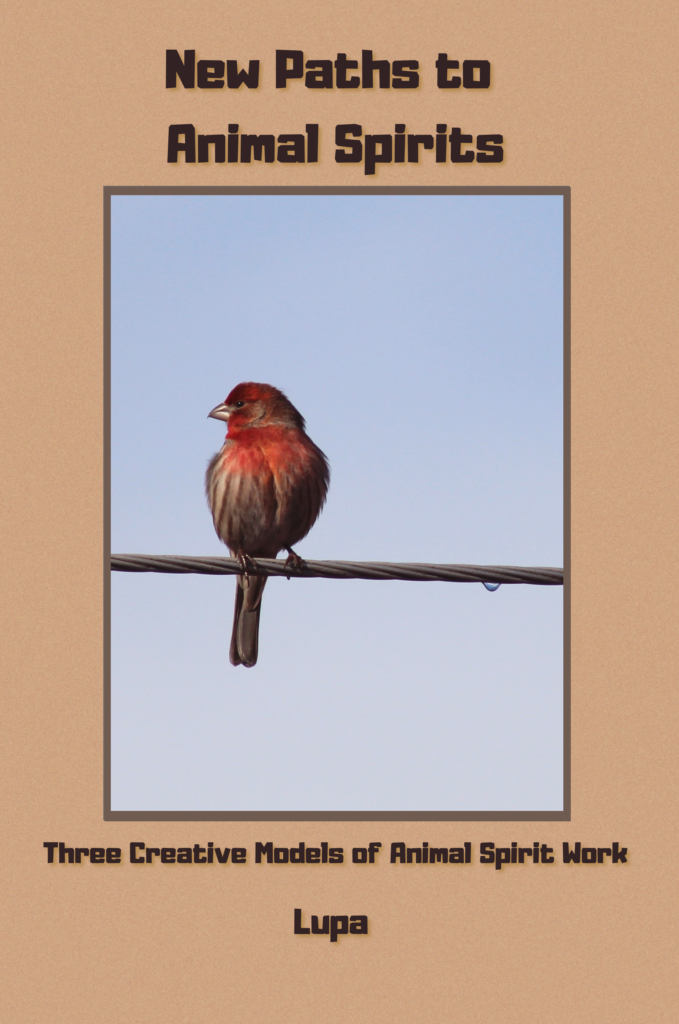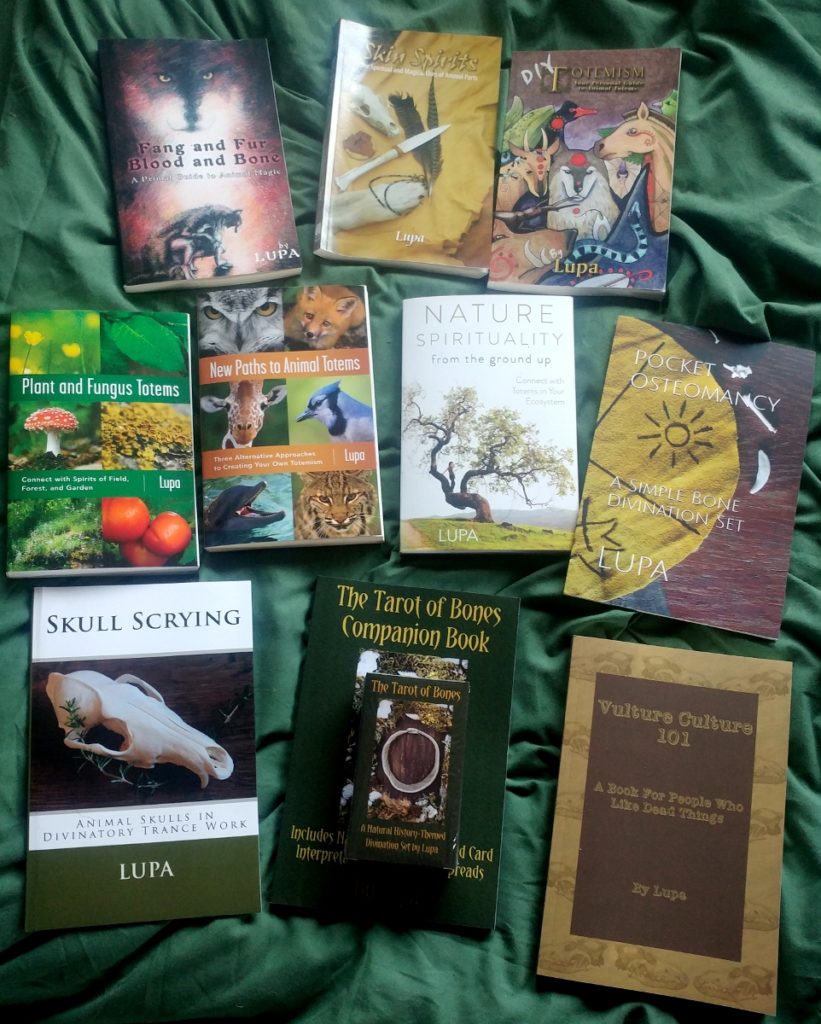Note: This post was originally posted on No Unsacred Place in 2012, and then later Paths Through the Forests. I am moving it over here so I can have more of my writings in one place.
The human brain is a fascinating thing. I had already learned a good deal about it just in personal reading, but when I went through my graduate program to get my counseling psych degree, I got a lot more up-to-date information. For example, I learned about the triune brain—the idea that we have the reptilian brain (the basal ganglia, the most primitive part of the brain), the paleomammalian brain (the limbic system) and the neomammalian brain (the neocortex). What I also learned is that this model is overly simplistic, that it doesn’t correspond as neatly to actual reptile and various mammal brains as is popularly assumed. Also, some non-mammalian species exhibit levels of intelligence and behavior that rival neocortical capacities, without an actual neocortex in the brain. And all mammals have some neocortical development, just not to the degree of humans. So, in short, the triune brain model has fallen out of favor due to its flaws.
Still, as very brief shorthand, the “reptile”, “old mammal” and “new mammal” models of the different sections of the human brain work if you keep its limitations in mind. It’s a good set of mnenomics to remember that the oldest portion of the brain (“reptile”) is that which is associated with primitive territorial and aggressive/defensive actions, the next part (“old mammal”) has diversified into more complex behaviors surrounding the care and feeding of young and other family as well as the first development of emotions, and the newest portion (“new mammal”) has even more complex social and communication skills, as well as planning and foresight.
My interest in it here is as a model for self-reflective meditation. Even as highly developed as we humans are, our brains often get the better of us, particularly the more primitive portions. We still can fall prey to uncontrolled and unexamined anger, territoriality (literal and symbolic), fear, and other such impulses. We fear the Shadow-self and often try to excise it. And the more primitive self sometimes manifests as unnecessary violence that too often gets justified in the name of religion and other ideologies. Wars are massive groups of “reptiles” in territorial conflict.
So much of spirituality and religion seems to be aimed at quelling or rising above what we perceive as the most animal parts of ourselves, whether that’s sex or violence or desire and need. Sometimes mortification of the body is used; other times, we receive punishment for exhibiting “base” behaviors”. Look at the concepts of sin and uncleanliness when applied to perfectly normal, harmless human behaviors like consensual sexuality. Or we try to escape the body and the physical needs through meditation and projection, and many of us are taught to idealize an afterlife where the gross weight of the body is left behind and we are made “perfect”. In any case, the animal self is all too often demonized and shunned.Yet the answer is not to further distance ourselves from these parts of who we are as human animals, but instead to reconnect with them. Our increasingly (perceived) detachment from ourselves as animals, the idea that we are “above” or “better than” animals, doesn’t take away the fact that we are animals still, including in our brains. No amount of rationalization or distancing will remove that, nor will any level of supposed transcendence. As long as we are human animals in human animal bodies, we are responsible for our human animal selves, motivations, and actions.
We don’t, of course, need to swing all the way in the other direction and let our ids go wild in order to “be animals”. Yes, we are attracted on a certain level to the idea of unfettered fighting and fucking and competing relentlessly for resources to maximize the likelihood our genes will be passed on. But let’s not break out the blood sacrifices and wild orgies just yet. If we are to give honor to the evolution that has brought us to where we are, let’s not forget the compassion and humane treatment of ourselves and others that we have developed to a high degree (though we are not the only species to possess them). After all, we have seen the atrocities that have occurred when people display little to no control over their more primitive instincts at all. That’s where we get war, assault, selfish hoarding of precious resources, etc.
I propose, instead, a middle ground, one that allows us to aspire to the best of the uniquely human traits we’ve developed as a species, and also the more primitive foundations that we are built on. The goal is to first be able to identify what parts of the brain/self are active at different points, particularly those seen as negative; and second, instead of pushing them away, observing and knowing the impulses and feelings for what they are and thereby letting them have a place while keeping them in check.
And we’re going to do this by looking to our ancestors and our much-extended family for their experience and wisdom. In the second part of this series, I’m going to show you a guided meditation that you can use to contact animal spirits that correspond with the various layers of your brain as a way to begin this reclaiming of yourself as a human animal.
Did you enjoy this post? Please consider supporting my work on Patreon, buying my art and books on Etsy, or tipping me at Ko-fi!





